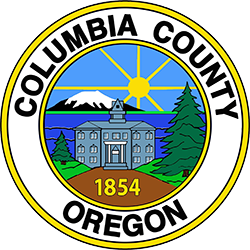Temperature
What is Temperature Pollution?
Temperature pollution is when a stream, on average, has a higher temperature than it is naturally. This creates problems for many animal and plant species that evolved to live in the stream’s natural condition. Many species of salmon and trout are “cold-water species”. When the water temperature increases, it affects many parts of their life cycle including reproduction, metabolism, and immune system. Many other species are also affected, but these fish species are culturally significant to indigenous people and settlers, so they are used as flagship species for temperature pollution.
Read more about Temperature Pollution in Oregon here.
What causes Temperature Pollution?
Human development of land for logging, agriculture, urban growth, and more have removed significant amounts of vegetation along streamsides. This reduces the shade cover of streams and increases their temperature. Human activity also affects the inputs of water to streams. Cold ground water is reduced by degenerative agricultural practices and impervious surfaces. Additionally, industrial sites and businesses often discharge warm water to streams. All these factors combined have resulted in a significant increase in river and stream temperatures.
What can we do to reduce Temperatures?
Revegetating stream banks is the primary method to reduce stream temperature. This also has other benefits like holding soil in place to reduce erosion, filtering runoff before it enters the stream, and providing a habitat for wildlife. For information and resources to help you improve water quality on your property, contact the Scappoose Bay Watershed Council here.

